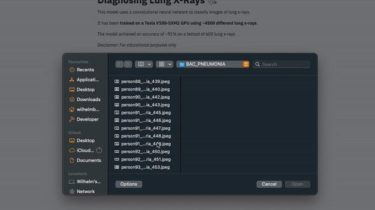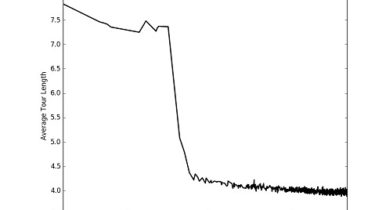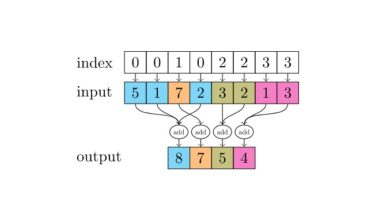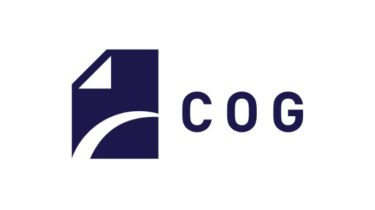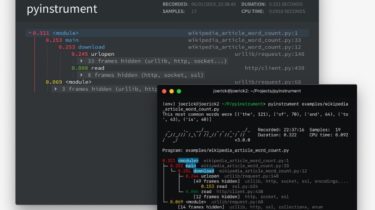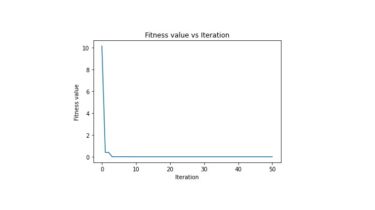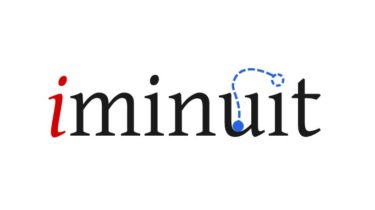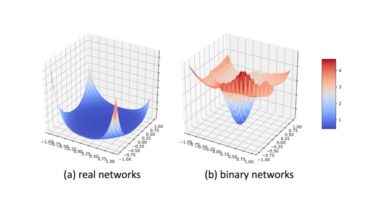Optimization for Oriented Object Detection via Representation Invariance Loss
By Qi Ming, Zhiqiang Zhou, Lingjuan Miao, Xue Yang, and Yunpeng Dong. The repository hosts the codes for our paper Optimization for Oriented Object Detection via Representation Invariance Loss (paper link), based on mmdetection and s2anet. Introduction To be updated. Installation conda create -n ridet python=3.7 -y source activate ridet conda install pytorch=1.3 torchvision cudatoolkit=10.0 -c pytorch pip install -r requirements.txt python setup.py develop cd mmdet/ops/orn python setup.py build_ext –inplace apt-get update apt-get install swig apt-get install zip cd DOTA_devkit […]
Read more